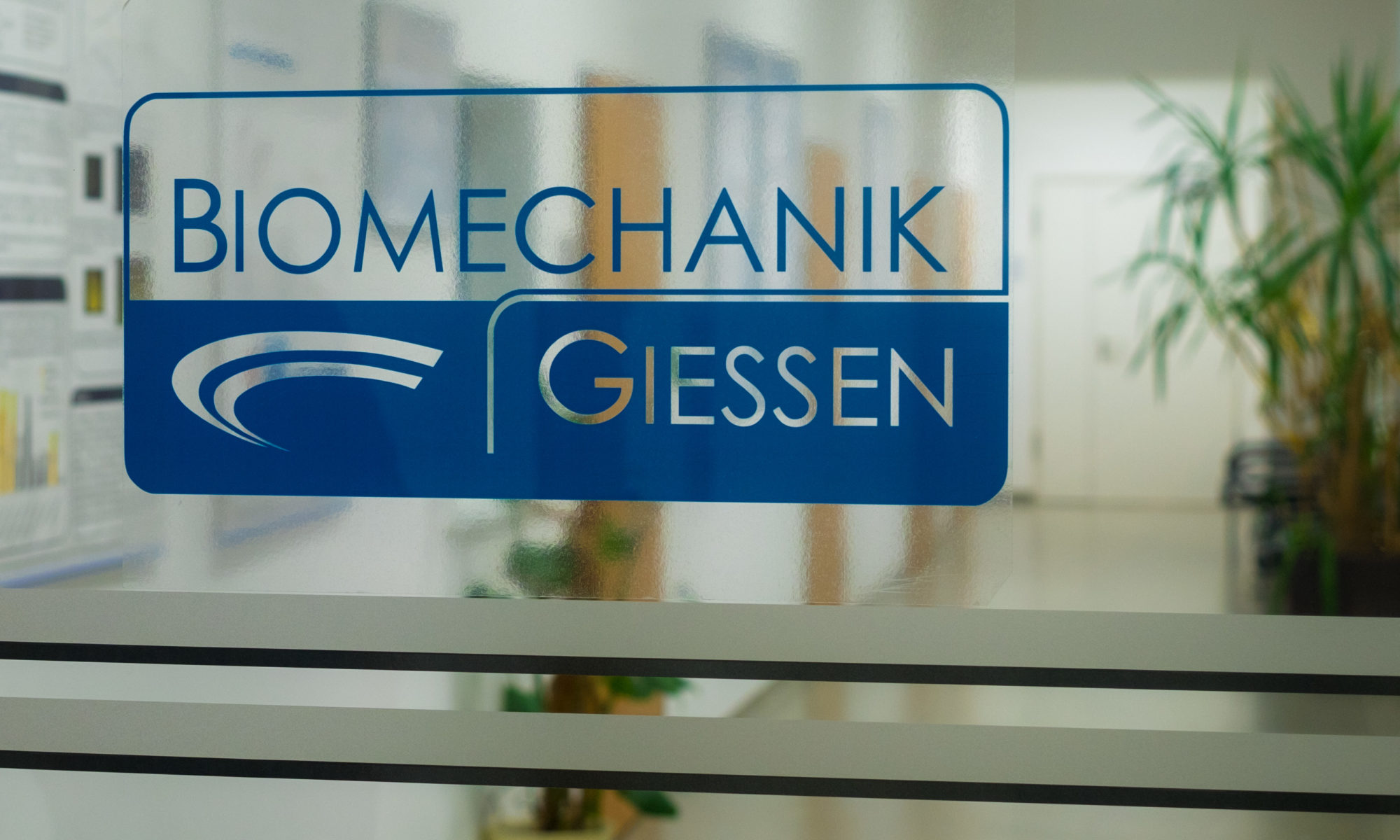Instrumented gait analysis in patients with medial osteoarthritis of the knee after mobile-bearing unicompartmental knee arthroplasty
Seeger JB 1, Schikschneit JP 2, Schuld C 2, Rupp R 2, Rickert M 3, Jahnke A 4,
Maier GS 5, Clarius M. 6
Knee. 2018 Jun;25(3):392-397. doi: 10.1016/j.knee.2018.02.014.
Epub 2018 Mar 16. PMID: 29551277
- Department of Orthopaedics and Orthopaedic Surgery, University Hospital Giessen and Marburg (UKGM), Klinikstraße 33, Giessen, Germany. Electronic address: j.seeger@parkklinik-bad-nauheim.de.
- Heidelberg University Hospital, Spinal Cord Injury Center, Schlierbacher Landstrasse 200a, Heidelberg, Germany.
- Department of Orthopaedics and Orthopaedic Surgery, University Hospital Giessen and Marburg (UKGM), Klinikstraße 33, Giessen, Germany.
- Laboratory of Biomechanics, Justus-Liebig-University Giessen, Klinikstrasse 33, Giessen, Germany.
- University Hospital of Orthopaedic Surgery, Pius-Hospital, Carl-von-Ossietzky-University, Oldenburg, Germany.
- Department of Orthopaedic and Trauma Surgery, Vulpius Klinik GmbH, Vulpiusstraße 29, Bad Rappenau, Germany.
BACKGROUND:
Unicompartmental knee arthroplasty (UKA) is an effective treatment for patients with medial osteoarthritis of the knee joint. Instrumented gait analysis provides an objective measure to quantify and qualify postoperative changes of gait. The purpose of this study was to evaluate standardized instrumented gait analysis for functional recovery and gait as an outcome of mobile-bearing UKA in patients with medial osteoarthritis of the knee.
METHODS:
Twenty-one patients with isolated medial osteoarthritis of the knee joint received mobile-bearing UKA. They were examined by a gait analysis before surgery and after an average follow-up time of seven months. Gait analysis was performed on a treadmill with six infrared-cameras to identify changes of gait characteristics (e.g., velocity, stride time, stride length, knee adduction and hip abduction).
RESULTS:
Mean velocity (chosen by individuals) increased from 0.61 to 0.76m/s and further significant advancements, particularly in the knee adduction and the hip abduction were detected. Time and length of strides improved significantly as well as the clinical scores American Knee Society Score (AKSS), Oxford-12, Hannover Functional Ability Questionnaire for Osteoarthritis (FFbH-OA) Score and Devane Score.
CONCLUSION:
Mobile-bearing UKA can restore physiological axis of the leg and improve gait and function of the knee joint. The combination of instrumented gait analysis with clinical scores constitutes an eligible measuring instrument to quantify and qualify changes in patients‘ gait patterns.
KEYWORDS:
AKSS; Gait analysis; Gait pattern; Osteoarthritis; Unicompartmental knee
PMID: 29551277
DOI: 10.1016/j.knee.2018.02.014
